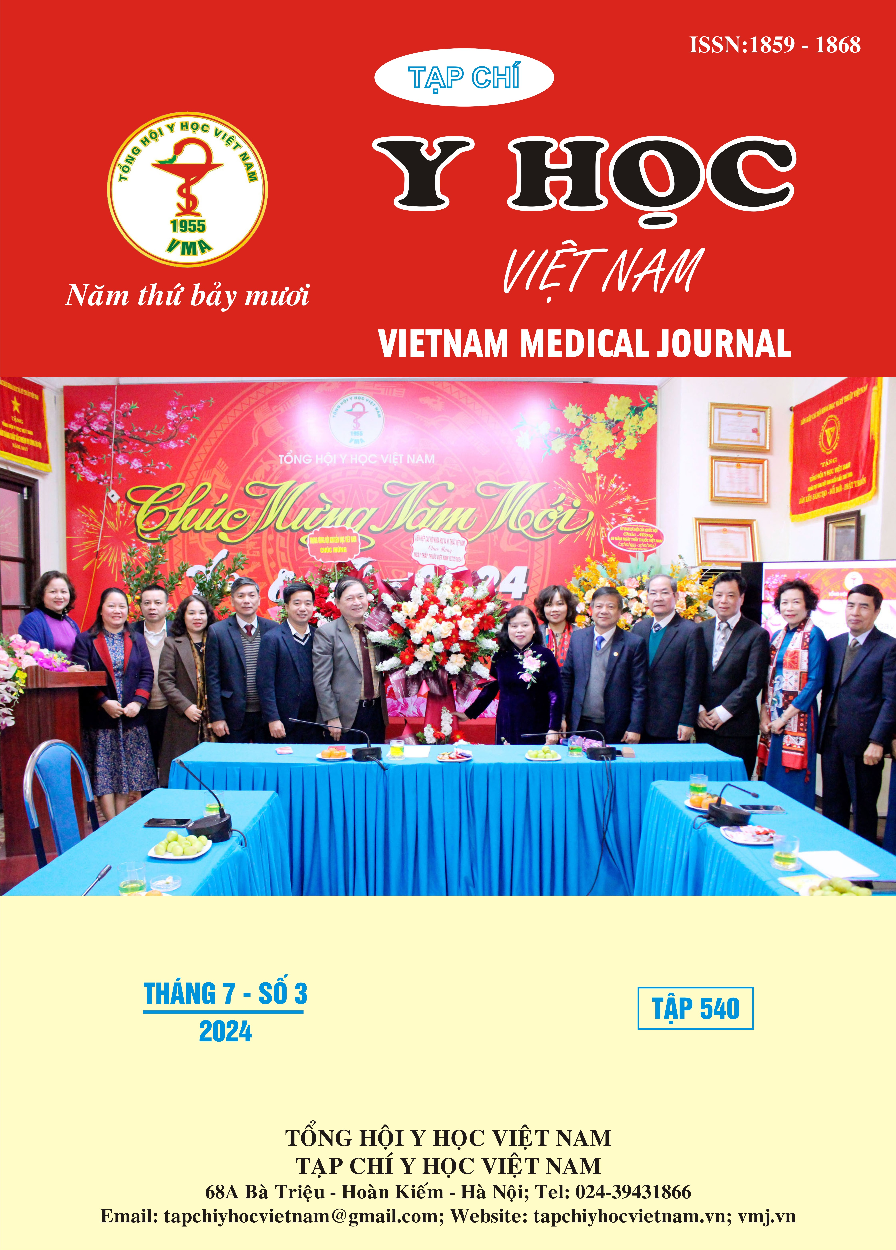META ANALYSIS EFFICACY OF DENOSUMAB IN POST MENOPAUSAL WOMAN WITH OSTEOPOROSIS
Main Article Content
Abstract
Introduction: Denosumab is a human IgG2 monoclonal antibody that binds specifically to the RANKL protein. This binding inhibits the differentiation of osteoclasts, prevents activated cells, and ultimately inhibits bone resorption. The meta-analysis method is considered the method with the highest level of evidence according to the evidence pyramid. It is widely used in medicine to provide general information about the effectiveness of drugs. Methods: 60 mg denosumab administered subcutaneously every 6 months compared with placebo in postmenopausal women with osteoporosis. Studies were searched on Pubmed and The Cochrane Library sources, used R software to analyse with the meta package. Results: A total of four randomized controlled trials that met the inclusion and exclusion criteria were included in the meta-analysis. The studies were all phase II or phase III RCTs, with sample sizes from 109 up to 7808 patients. The risk of bias of RCTs was assessed using the Cochrane Collaboration assessment method, the quality of RCTs was assessed using the CONSORT checklist. The results showed that denosumab reduced the risk of fracture by 42%, increased spine bone density 7.62% (95% CI: 6.13%-9.11%), increased hip bone density 4.82% (95% CI: 3.75%-5.88%), increased humeral bone density 2.89% (1.75%-4.03%) compared with placebo. Conclusion: Denosumab help to increase bone density and reduce the risk of osteoporosis as compared to a placebo.
Article Details
Keywords
denosumab, metaanalysis
References
2. Nakamura T., Matsumoto T., Sugimoto T. và cộng sự. (2012). Dose–response study of denosumab on bone mineral density and bone turnover markers in Japanese postmenopausal women with osteoporosis. Osteoporos Int, 23(3), 1131–1140.
3. Cummings S.R., Martin J.S., McClung M.R. và cộng sự. (2009). Denosumab for prevention of fractures in postmenopausal women with osteoporosis. N Engl J Med, 361(8), 756–765.
4. Bone H.G., Bolognese M.A., Yuen C.K. và cộng sự. (2011). Effects of Denosumab Treatment and Discontinuation on Bone Mineral Density and Bone Turnover Markers in Postmenopausal Women with Low Bone Mass. J Clin Endocrinol Metab, 96(4), 972–980.
5. Bone H.G., Bolognese M.A., Yuen C.K. và cộng sự. (2008). Effects of Denosumab on Bone Mineral Density and Bone Turnover in Postmenopausal Women. J Clin Endocrinol Metab, 93(6), 2149–2157.
6. von Keyserlingk C., Hopkins R., Anastasilakis A. và cộng sự. (2011). Clinical Efficacy and Safety of Denosumab in Postmenopausal Women with Low Bone Mineral Density and Osteoporosis: A Meta-Analysis. Semin Arthritis Rheum, 41(2), 178–186.
7. Gu H.-F., Gu L.-J., Wu Y. và cộng sự. (2015). Efficacy and Safety of Denosumab in Postmenopausal Women With Osteoporosis: A Meta- Analysis. Medicine (Baltimore), 94(44), e1674.
8. Anastasilakis A.D., Toulis K.A., Goulis D.G. và cộng sự. (2009). Efficacy and Safety of Denosumab in Postmenopausal Women with Osteopenia or Osteoporosis: A Systematic Review and a Meta-analysis. Horm Metab Res, 41(10), 721–729.


